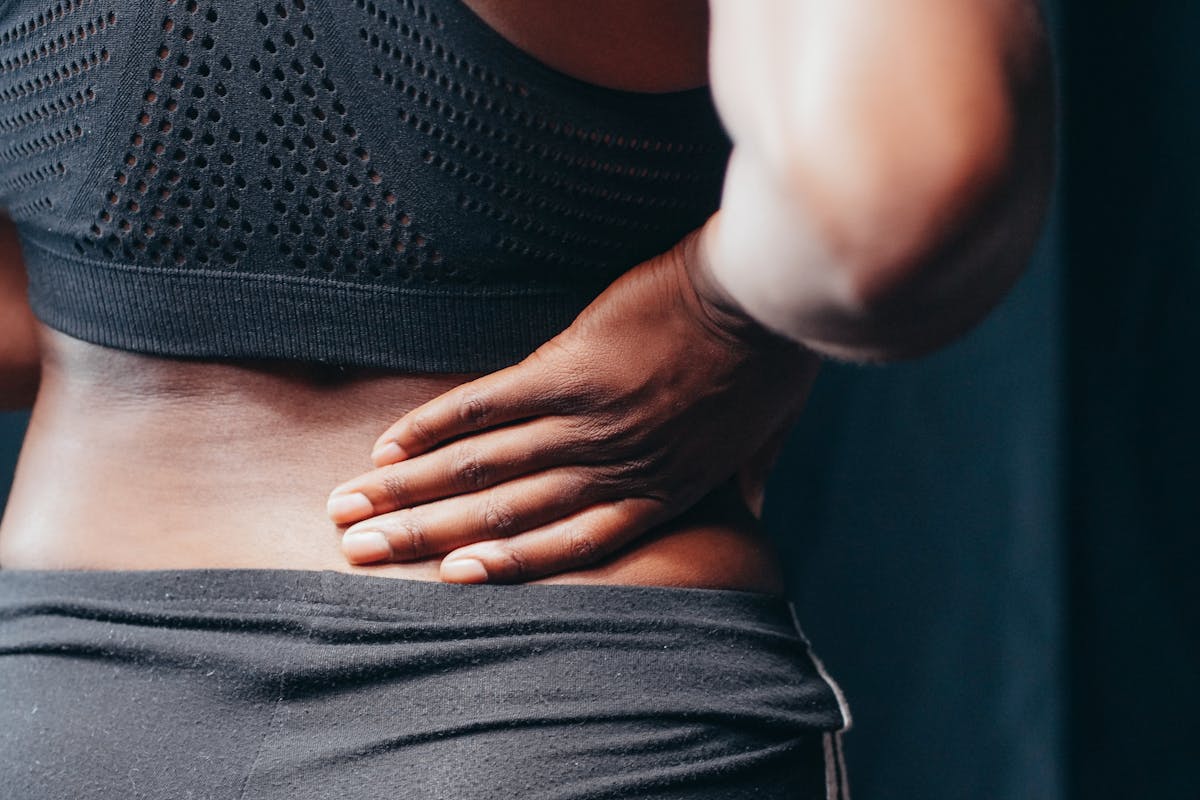Check out the 17 worst pains in the world listed by the United Kingdom’s National Health Service (NHS):
1- Trigeminal neuralgia
The trigeminal nerve is responsible for facial sensitivity, and in cases of neuralgia, the pain is intense and sudden, similar to an electric shock.
The primary cause of pain is when a vein comes into contact with a nerve, but it can also be attributed to surgical procedures, physical harm to the affected area, genetic predisposition, or sclerosis. Furthermore, exposure to cold temperatures, dental procedures, and even touching your face can cause discomfort.
2- Herniated disc
A herniated disc is caused when the gel located between the vertebral discs (spine) is pushed outward and the bones begin to touch. Treatment is done with physical therapy and, in advanced cases, surgery.
The friction of the bones causes pain in the spine and neck , which can radiate to the upper or lower limbs. There is also muscle weakness, numbness and tingling from the hands to the shoulders.
3- Sciatic nerve pain
The person has pain that resembles sharp, shooting, burning, tingling, and numbness when the sciatic nerve is pinched or squeezed. For instance, when the patient coughs, sneezes, or changes their body posture, the illness’s symptoms get worse.
The sciatic nerve is the biggest nerve in the human body, starting in the lower back and extending to the foot.
4- Endometriosis
When the lining of the uterus extends to other organs like the bladder, intestines, and, less frequently, the diaphragm and lungs, it is known as endometriosis. Heavy and/or irregular menstrual flow, changes in intestinal transit, severe cramping, lower back pain, urination pain, sexual discomfort, and problems becoming pregnant are all common in women.
5- Complex regional pain syndrome
When parts like the hand or foot are injured, regional pain syndrome develops. However, both the severity and duration of the patient’s pain are typically out of proportion to the damaged tissue.
6- Bone fracture
One of the worst types of pain is a bone fracture . Breaking one or more bones causes pain that only subsides when the affected limb or part is moved. However, more severe cases require surgery to put the bone back in place. Some patients need fixators to recover, which can cause more pain.
7- Heart attack
In the case of a heart attack, chest pain that radiates to the left arm is the main symptom. The patient usually feels a strong pressure in the chest, shortness of breath, nausea, dizziness and cold sweat.
8- Arthritis
Arthritis is the loss of cartilage between joints, which reduces bone protection and increases friction, causing pain . The disease is more common in the elderly.
9- Gout
The accumulation of uric acid crystals in the joints results in a disease known as Gout.
Gout symptoms include inflammation and intense pain in the joints or tissues , usually in the feet. The pain progressively worsens and becomes extreme if the limb is moved or if the affected area is manipulated.
10- Migraine
Migraine is a type of severe, unilateral, throbbing headache that can be accompanied by vomiting and sensitivity to light, smells and noises. Some people can tell when they are going to have an attack because they see what is called an “aura”, small spots that rotate or flash before the pain.
11- Herpes zoster
Herpes zoster, popularly known as shingles , affects people who have already had chickenpox , since the virus remains dormant. The disease is more common in people over 50 years of age, an age group for which there is a vaccine, but this does not rule out the possibility of younger individuals becoming ill.
When the virus is activated, Herpes zoster causes isolated and localized lesions, but it can affect the local nerve and cause a lot of pain. Unlike common Herpes, this is not transmissible, but it causes a lot of discomfort to the patient.
12- Cluster headache
Cluster headaches are considered by many to be unbearable, as they hurt for days on end , accompanied by watery eyes and a congested nose. They can go away after a long period of constant pain, be absent for a period of time, and then return.
13- Post-surgical pain
After surgery, it is common for patients to feel different types of pain that, when combined, can be very uncomfortable. In addition to the area that was operated on, where there were possible cuts and stitches, causing all the discomfort of the healing process , post-operative medications can damage the stomach lining , which often causes pain.
14- Cancer
In cancer , pain can come in different forms, depending on where the neoplasm is located. The pain is intensified by the weakening of the body caused by the progression of the disease itself, treatments such as chemotherapy, and even the social isolation that is common among patients with this disease. Psychological support is very important to reduce the suffering of those fighting cancer.
15- Acute pancreatitis
Acute pancreatitis has a sudden onset, with swelling of the pancreas and sharp pain in the upper abdomen , which may radiate to the back. Vomiting, rapid heartbeat, and excessive sweating are also common.
16- Gallstones
Gallstones, popularly known as gallstones , are the accumulation of cholesterol crystals in the gallbladder.
Pain from gallstones begins in the upper right side of the abdomen and spreads to the rib cage or ribs . It is normal for the area to hurt for 30 minutes after a meal, reaching a peak in intensity shortly afterward and then decreasing.
17- Kidney stones
Renal colic, caused by the displacement of kidney stones , causes very strong and incapacitating pain below the ribs , which can radiate to the sides or downwards, as the kidney stone moves.
In addition to the colicky pain, it is common for the person to experience vomiting and other less intense symptoms.




13 thoughts on “What are the 17 most agonizing discomforts in the world?”
Comments are closed.